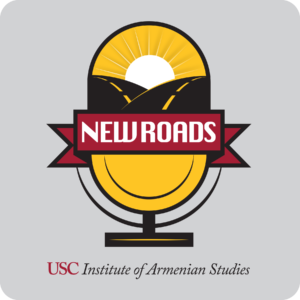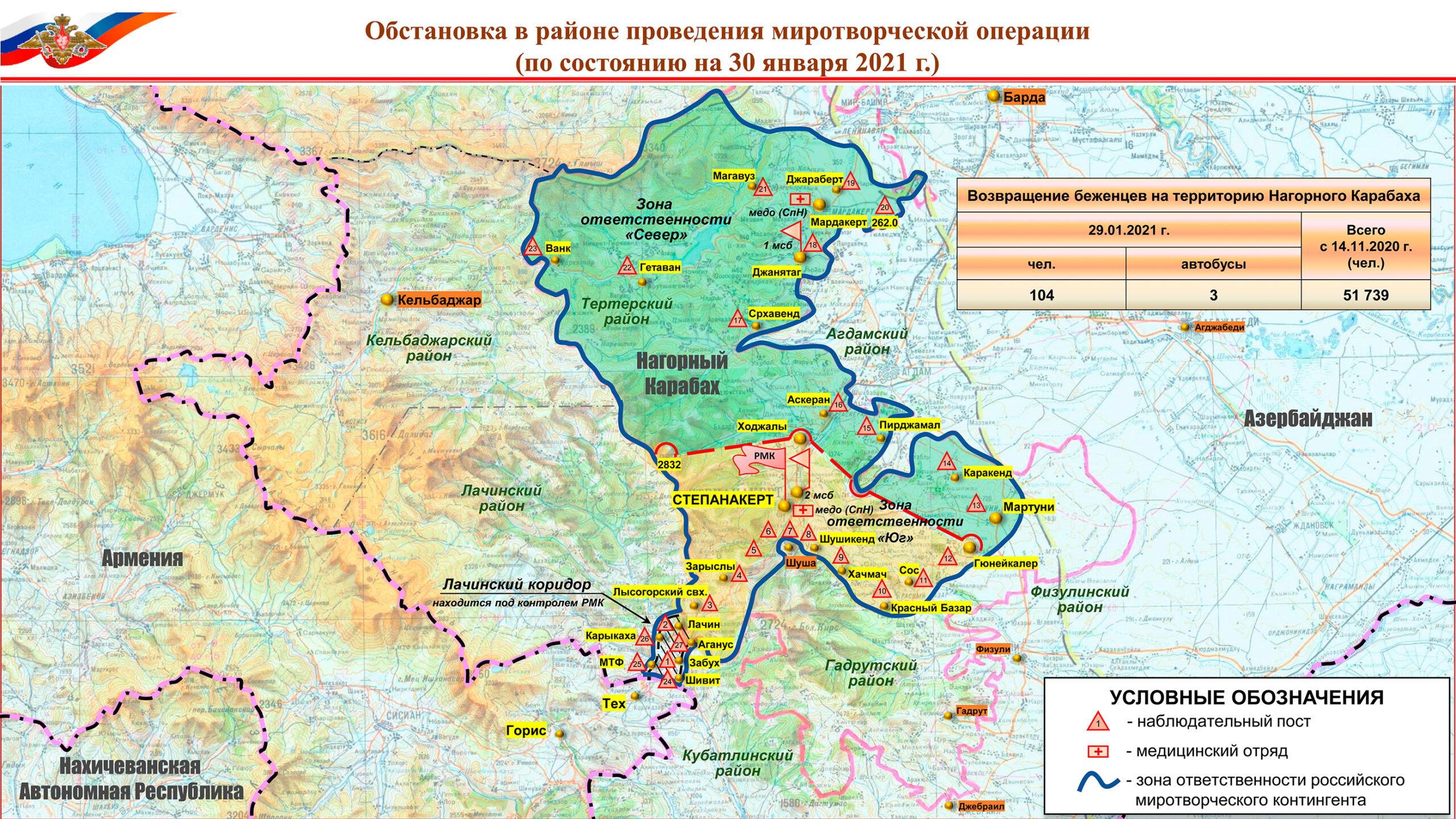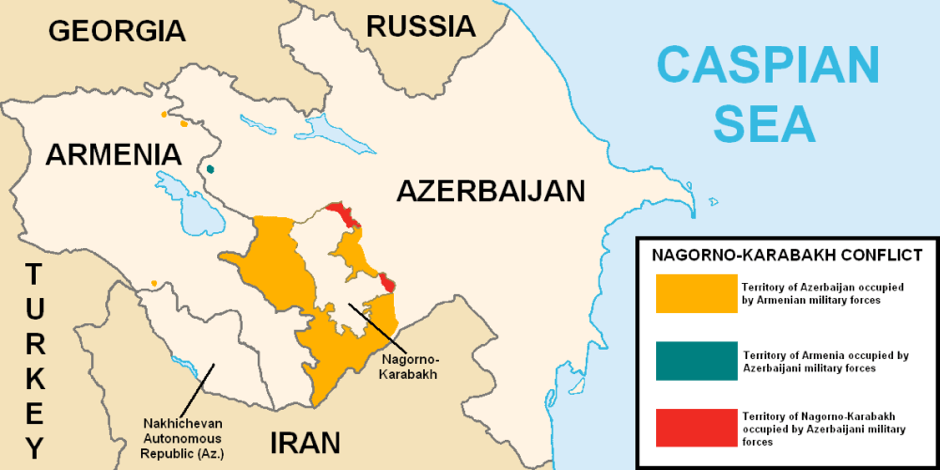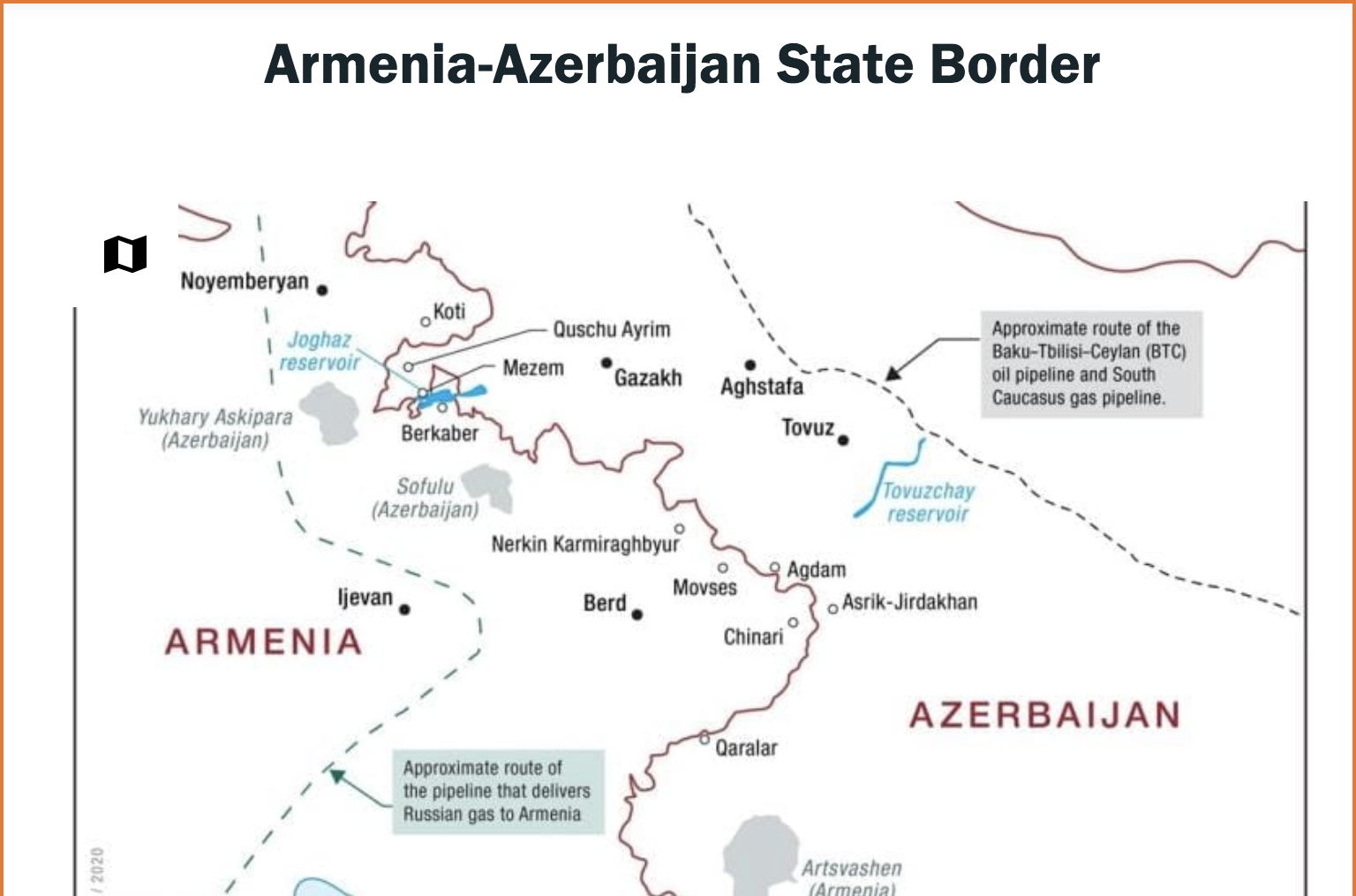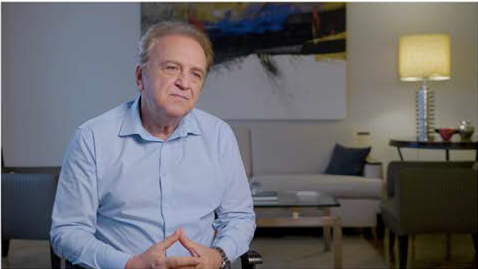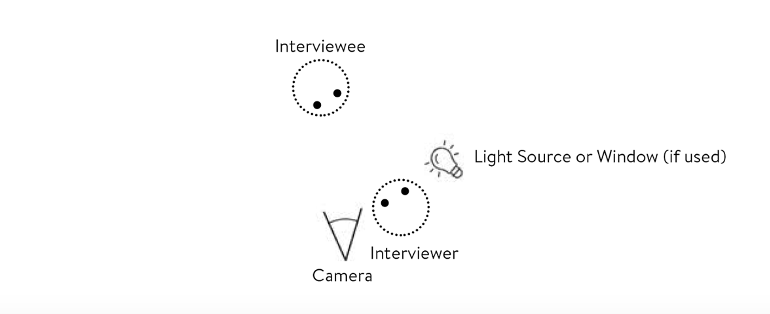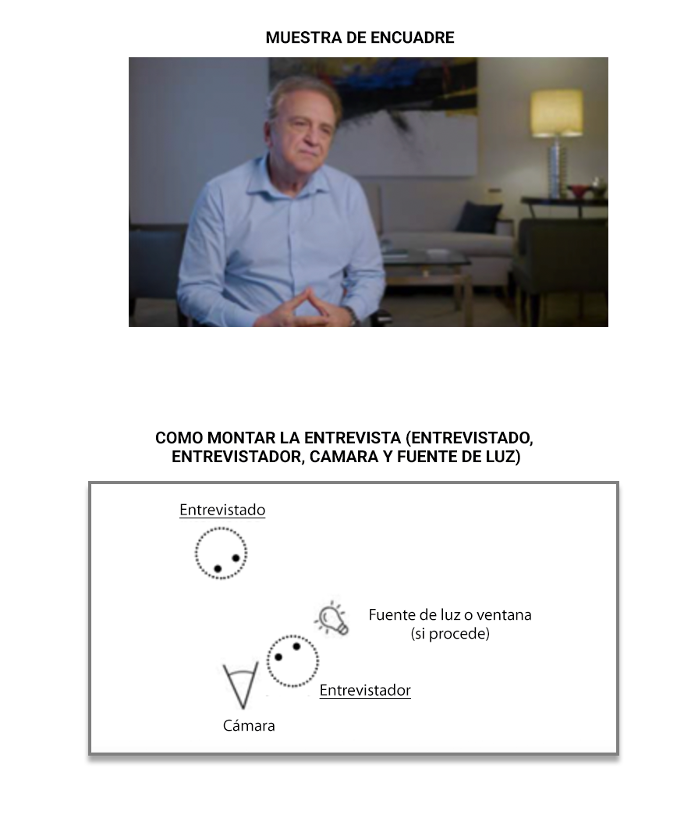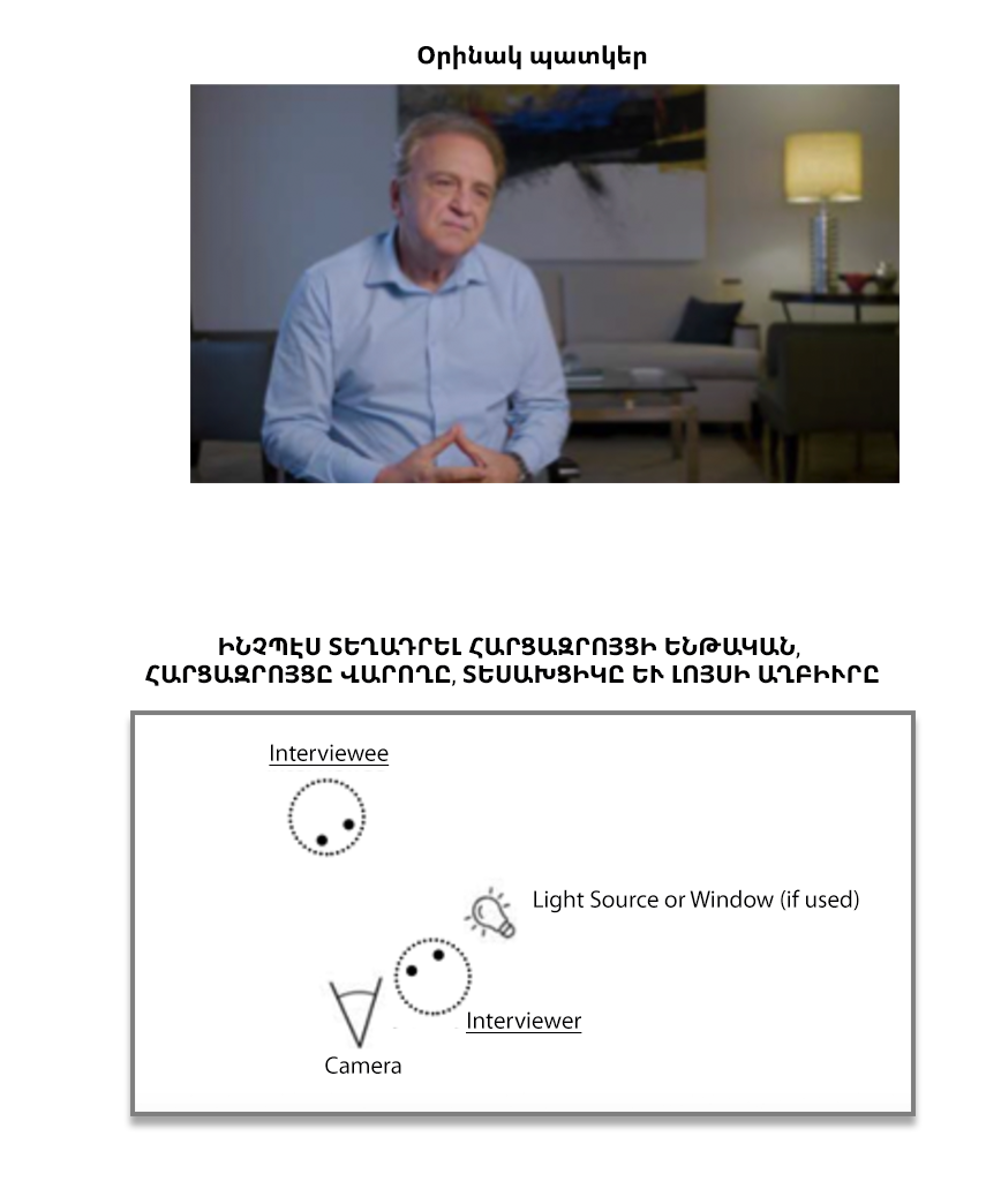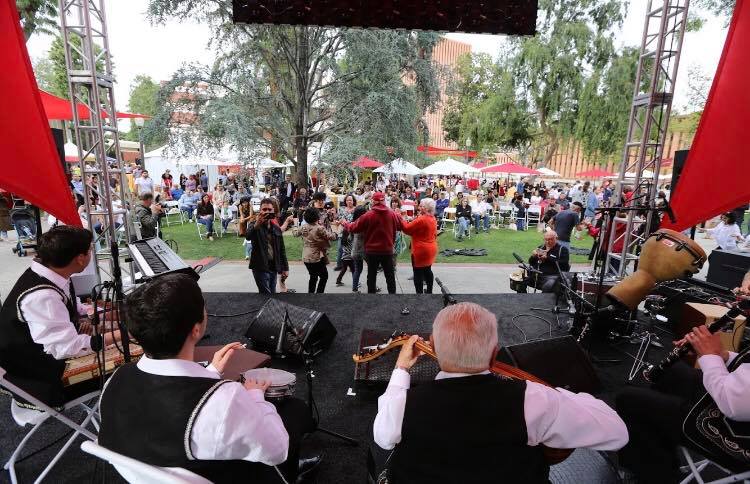
INNOVATE ARMENIA – the festival of ideas and innovation – took place at the University of Southern California (USC) on May 18, 2019. Organized by the USC Institute of Armenian Studies, the program featured fifty participants, from six countries, and nearly 4,000 attendees. This is the fourth time in five years that this unique event has been staged by the Institute.
“Innovate Armenia is an inclusive, fun, provocative platform that tackles the greatest challenge of any homeland-diaspora relationship: how to better understand each other. Following the critical, radical changes in Armenia’s politics last year, a discussion of policy remains crucially needed both in Armenia and in the Diaspora. This was a part of that discussion. The rest – music, beer, coffee, storytelling, chess – that’s all an authentic but light reminder of who we are and who we can be,” said Salpi Ghazarian, director of the Institute.
The day-long festival had multiple intersecting parts.
In the morning, scholars inside the USC Bovard Auditorium delved into topics of identity and memory. George Aghjayan’s Genealogy as Identity, Heghnar Watenpaugh’s The Tangible Past, Mehmet Fatih Uslu’s Identity: It’s Complicated, Matthew Karanian’s Landscapes of Memory, and Avedis Hadjian’s How to Forget all explored identity as a changing and shifting force, and memory in regards to cultural heritage, genocide, and land.
At noon, Element Band, in collaboration with the Institute, presented a different type of musical performance, entitled “SOUND STORIES: The Songs You Know, with the Stories You Don’t Know.”
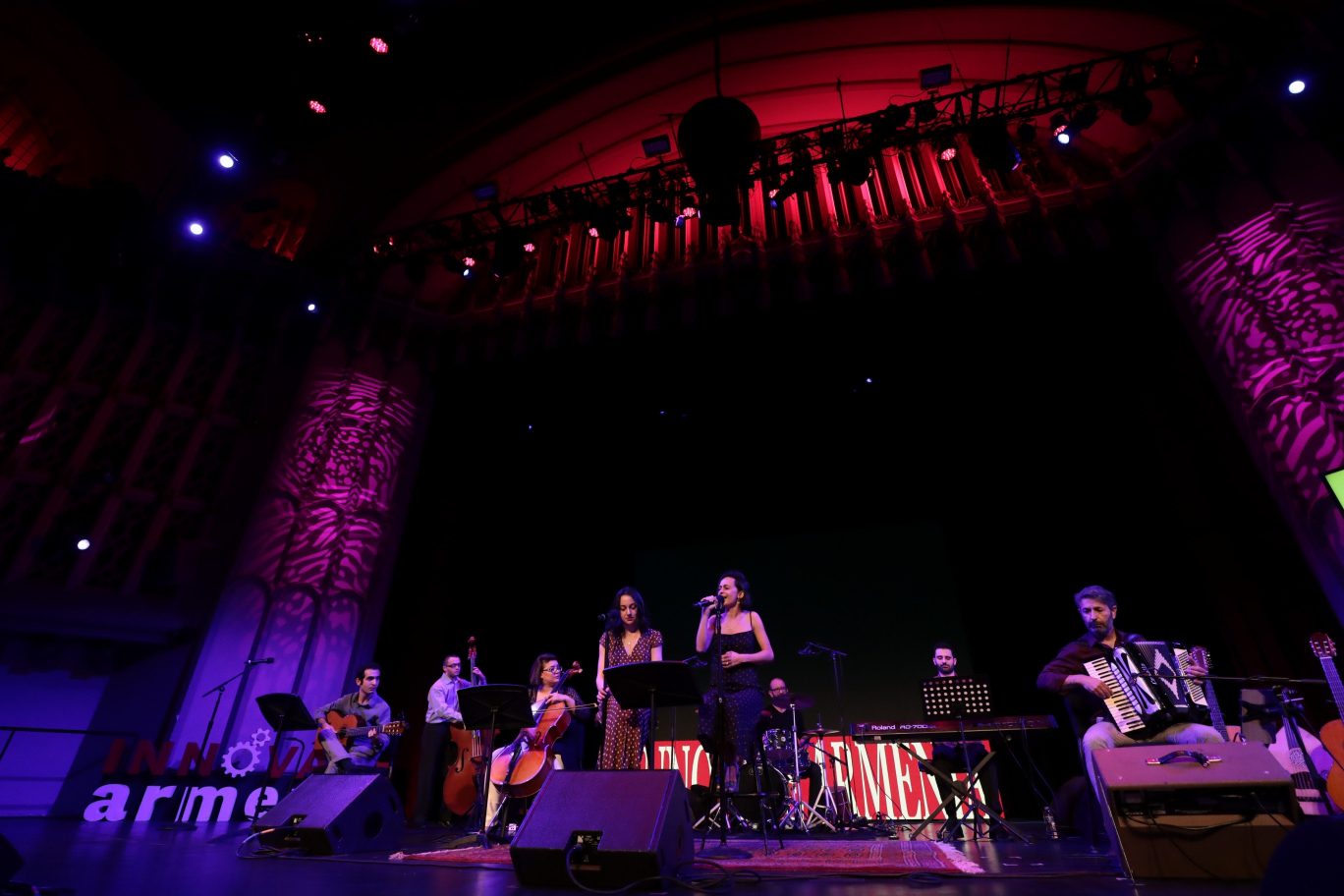
Following the musical production, government officials from Armenia, policymakers, and scholars from around the world tackled the most urgent issues facing the Armenian nation.
Armenia’s Prime Minister Nikol Pashinyan addressed the standing-room only audience by Skype.
Secretary of Armenia’s Security Council Armen Grigoryan, Deputy Foreign Minister of Karabakh Armine Aleksanyan, Former Prime Minister Vache Gabrielyan, Deputy Minister of Nature Protection Irina Ghaplanyan, Deputy Minister of Education Arevik Anapiosyan, Minister of Healthcare Arsen Torosyan spoke about security, policy, statehood, the environment, and the economy.
Zaré Baghdasarian, Chairman and CEO of Avata Intelligence, spoke as part of a panel on Armenia’s IT policy choices. Having also participated at Innovate Armenia in 2015, Baghdasarian commented on the diversity of the event as well as how it had grown in popularity over the past four years. “I see people that I know from different corners that are showing interest, they are coming to see what is happening. The crowd has definitely grown, it is much bigger, has more diversity, which is what you need to be able to pay attention to innovation and growth in Armenia.”
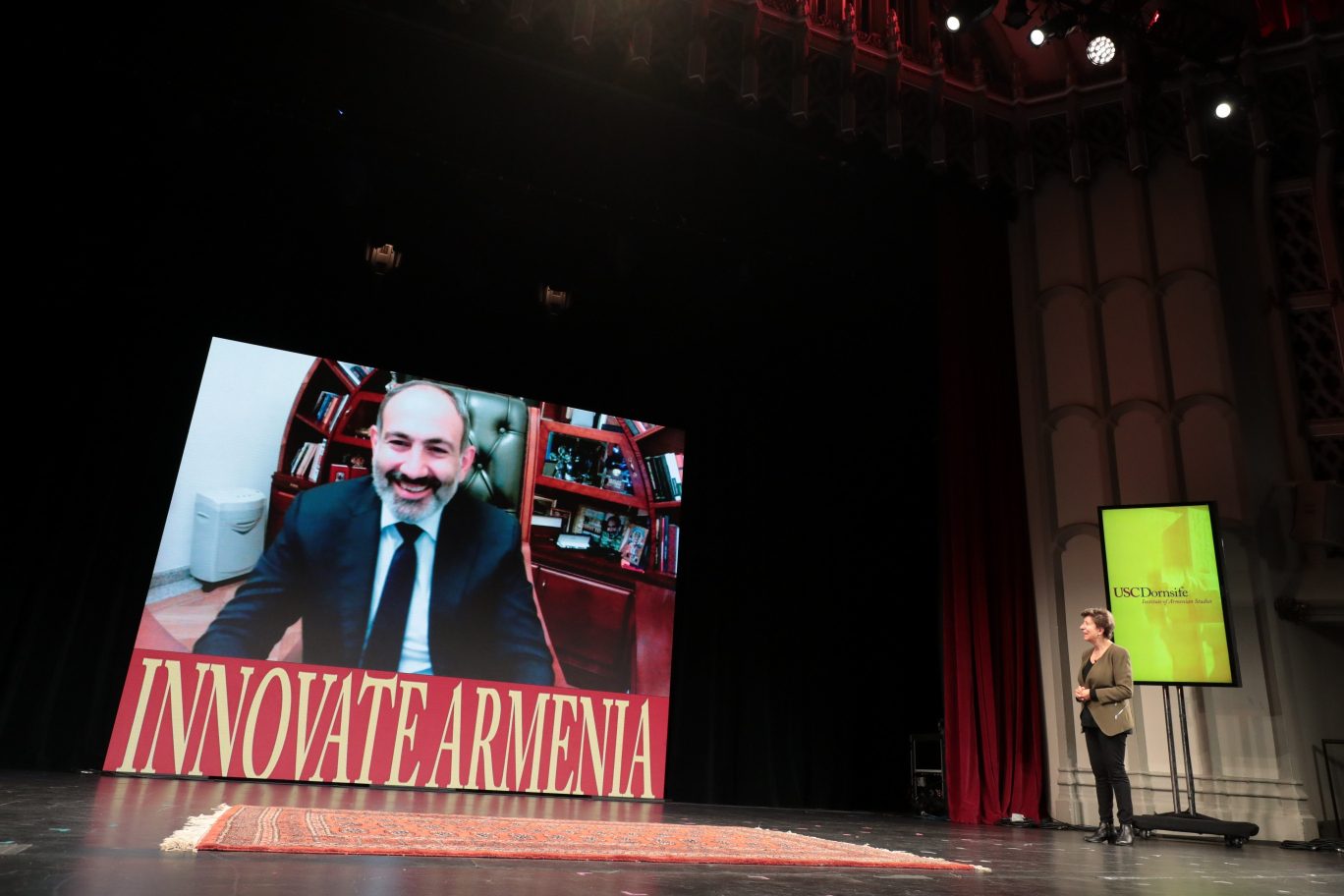
With a diverse array of topics ranging from education to healthcare to questions concerning the diaspora, Bovard auditorium was abound in intellectual spark that extended into the many organizations represented outdoors. This year’s participating exhibitors included the Armenian Tree Project, Caucasus Research and Resource Center (CRRC), CivilNet.am, The HALO Trust, The Hrant Dink Foundation, The IMAGINE Center for Conflict Transformation, and VLUME.
Innovate Armenia attendees had the chance to speak to representatives of these organizations, learn about their work, ask questions, and foster potential relationships. One of these exhibitors, Haig Norian from VLUME, a technology company that seeks to inspire generations through reading and storytelling, reflected on the event. “It’s a fantastic event that brings all these new ideas together. A major problem in the Armenian community is that ideas tend to stagnate, but events like this give us the ability to rejuvenate ourselves and to come together. To bounce ideas off of each other and to keep things fresh.”
Another exhibitor that made its way from Armenia was CivilNet.am, an online platform featuring news-based, research-based, and data-driven video reports and articles, led by young citizen journalists practicing advocacy journalism. The CivilNet team not only presented their work but also documented the program on location and via a LIVE broadcast of the auditorium talks with simultaneous Armenian translation.
Chess games featuring local Armenian chess masters, craft beer from Armenia and Los Angeles, coffee tastings from Kavat and Henry’s House of Coffee, were all part of the outdoor programming. Journalist Liana Aghajanian held podcast recording sessions entitled Dialects of Coffee, where attendees were asked to share their noteworthy memories related to the drink.

A full day of music was provided by three groups. Garabala, whose members play a combination of folk, jazz, and tzigane music, came from Beirut. The Nur Qanon Ensemble consisting of three young girls and their instructor, presented what can be done with a diatonic stringed zither known as “qanon,” a traditional instrument dating back to the 10th century. The great oudist and master musician Richard Hagopian and his Family Quartet rounded out the eclectic stage.
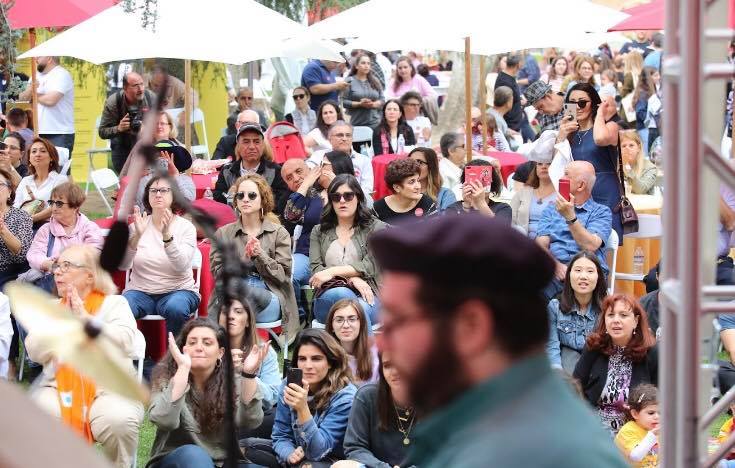
Innovate Armenia is part of the Institute’s larger mission to bring academics and their work to policymakers and the community at large. The enthusiastic response from the university and the Southern California community is a testament to the Institute’s mission. This September, the USC Institute of Armenian Studies will celebrate its 15th anniversary, marking years of impact and growth, but looking forward to establish a solid foundation for the next 15 years. The 15th anniversary gala will take place in Los Angeles on September 29.


